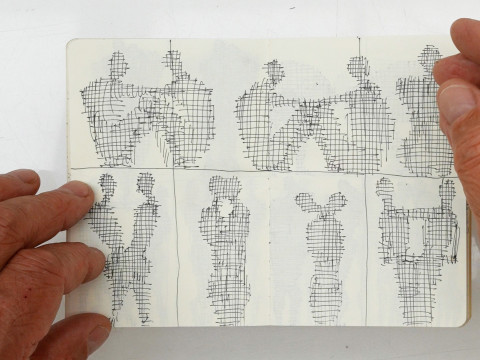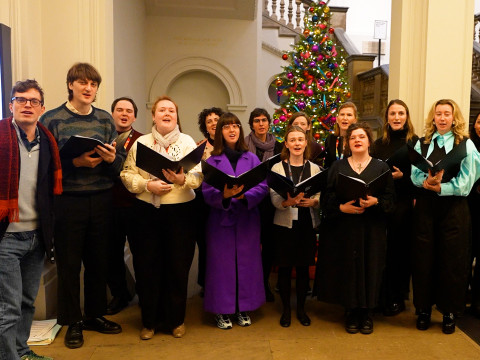
Meet the architects: Álvaro Siza and Eduardo Souto de Moura
By Kate Goodwin
Published on 19 January 2014
More than any other architects, Álvaro Siza and Eduardo Souto de Moura have made me look with a fresh eye at the Royal Academy’s galleries and architecture.
Both Pritzker Prize winners and heroes in their native Portugal, Álvaro Siza and Eduardo Souto de Moura's refined and subtle architecture always sets up an intriguing dialogue with its context. As a young architect, Souto de Moura worked briefly for Siza, his teacher and mentor, before setting up his own practice. Their relationship has remained very close, with offices in the same building in Porto, and they now also both live in a building designed by Souto de Moura. I invited them to work as a duo - either creating a joint installation or two separate ones, which none the less could be seen as a pair. They chose the latter.

One of the 60 new stations constructed over 10 years across Porto.
Walking through the Main Galleries with Souto de Moura on his first site visit he observed the order and symmetry of the Neoclassical plan. These are the qualities that make them so good for exhibitions, as you can set up a vast number of relationships between works and sequencing of spaces.
Souto de Moura remarked that:
The Classical language of architecture appeals to me because it’s clear, it’s organised and it offers a sense of security and continuity.
Eduardo Souto de Moura
In a building like the Royal Academy, as soon as you arrive at the entrance you know where the exit will be and the doors are just where you expect to find them. It’s like a story or a movie that you understand from beginning to end.
Eduardo Souto de Moura
This respect for history and tradition is one shared by his mentor. Siza talks often about continuity; that everything he does as an architect is building on something that already exists. He says that architects don’t invent anything; they ‘transform reality’.

A beautiful meeting of architecture and nature
A visit to the Royal Academy is a rich architectural experience in its own right, and I have always thought of this exhibition as starting the moment you leave Piccadilly and enter the courtyard. When I asked Siza about his first impressions of the RA, he said:
You walk along the street with all its traffic and find yourself in front of the big archway. Inside it is the courtyard, which comes as a surprise...
Alvaro Siza
The building’s façade, with its portico and columns, which are whiter than the rest of the stone, has a very strong presence, though the scale is domestic rather than monumental.
Alvaro Siza
It will be Siza’s work that you first come across in the exhibition, located in the Annenberg Courtyard. It is a characteristically subtle piece which invites observation of the courtyard as much as of itself.
Related articles

Video: drawing penguins at London Zoo
3 February 2025

My sketchbook: sculpture drawings by Antony Gormley RA
13 January 2025

Video: Merry Christmas from the Burlington House choir
18 December 2024



